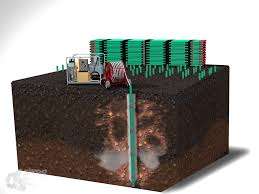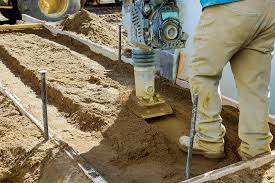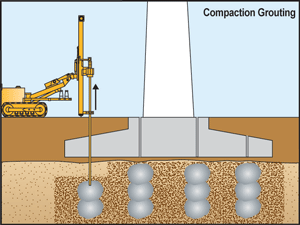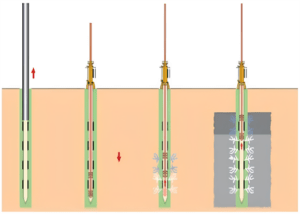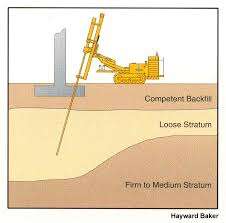Tam grouting is a specialized ground improvement method that involves the injection of grout into soil or rock formations to enhance their stability, strength, and load-bearing capacity. This versatile technique is widely used in construction projects, particularly in challenging ground conditions where other methods may not be feasible.
What is Tam Grouting?
Tam grouting is a controlled process where grout material, typically a mixture of cement, water, and additives, is injected under pressure into the ground. The term “Tam” refers to the use of a “tamping” or controlled pressure approach to ensure uniform distribution of the grout. The method aims to:
- Fill voids and fractures.
- Bind loose soil particles.
- Reduce permeability to prevent water ingress.
This technique is commonly used in applications like tunneling, dam construction, and foundation stabilization.
Types of Tam Grouting
1.Permeation Grouting
-
- Involves injecting grout into porous soils without displacing them.
- Commonly used for sandy or gravelly soils to reduce permeability and increase stability.
2.Compaction Grouting
-
- Injects stiff grout to compress and densify the surrounding soil.
- Ideal for addressing soil settlement or voids beneath structures.
3.Fracture Grouting
-
- Uses high-pressure injection to create fractures in soil or rock, filling them with grout.
- Often applied to improve ground conditions for tunneling or mining operations.
4.Jet Grouting
-
- Combines high-pressure grout injection with soil cutting and mixing.
- Effective for creating strong, homogenous ground columns.
Key Advantages of Tam Grouting
1.Versatility
Tam grouting is adaptable to a variety of soil types and project conditions, including saturated soils and fractured rock.
2.Improved Load-Bearing Capacity
By filling voids and binding soil particles, it enhances the ground’s ability to support heavy loads.
3.Water Control
The technique significantly reduces soil permeability, making it an effective solution for water seepage in tunnels and retaining structures.
4.Minimal Disruption
Since the process involves injection, it minimizes surface disruption, making it suitable for urban and confined sites.
Applications of Tam Grouting
1.Tunnel Construction
-
- Stabilizes soil and rock around tunnel walls.
- Prevents water ingress during excavation.
2.Foundation Strengthening
-
- Provides additional support for weak soils beneath buildings, bridges, and other structures.
3.Dam and Reservoir Projects
-
- Seals leaks and enhances the impermeability of earthen and concrete dams.
4.Slope Stabilization
-
- Reduces the risk of landslides by reinforcing unstable slopes.
5.Groundwater Control
-
- Prevents water flow in underground construction sites, including basements and subways.
Grouting Materials Used
- Cement-Based Grout: Provides high strength and durability.
- Chemical Grout: Includes silicates and resins for better penetration in fine soils.
- Bentonite-Based Grout: Used for sealing applications due to its swelling properties.
Challenges and Considerations
1.Grout Selection
Choosing the right grout material is critical for the success of the project. Factors such as soil type, permeability, and project objectives must be evaluated.
2.Pressure Control
Excessive pressure during injection can lead to unintended soil displacement or damage to nearby structures.
3.Environmental Impact
Careful planning is needed to prevent contamination of groundwater or adjacent ecosystems.
4.Cost Management
Tam grouting can be resource-intensive, requiring skilled labor and specialized equipment.
Future Trends in Tam Grouting
With advancements in materials and technology, Tam grouting is becoming more efficient and sustainable. Innovations such as eco-friendly grout materials, real-time monitoring systems, and automated injection techniques are transforming the way this method is applied.
Conclusion
Tam grouting stands as a cornerstone in modern ground improvement practices, offering a reliable solution for enhancing soil and rock stability. Its adaptability and effectiveness make it indispensable for projects facing challenging geotechnical conditions. By addressing both structural and environmental concerns, Tam grouting ensures the longevity and safety of infrastructure in diverse settings.
This article highlights the importance of Tam grouting in ground improvement, offering insights into its techniques, applications, and benefits for construction professionals.


